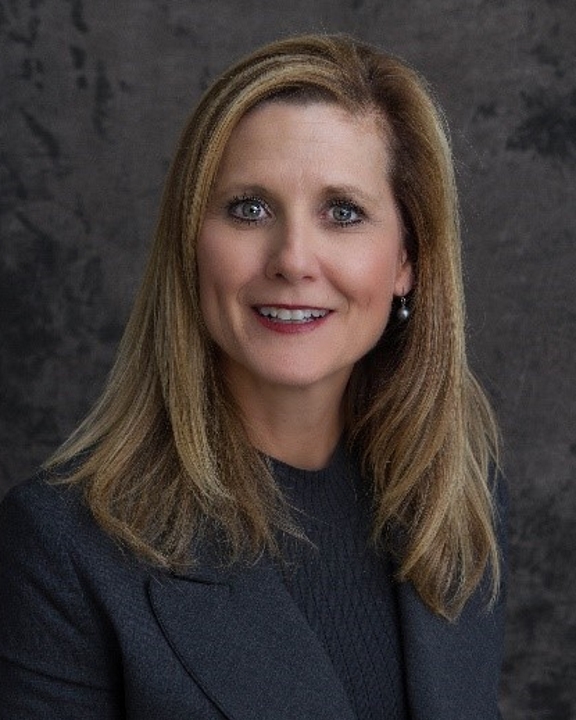As the nation continues to move away from traditional fee-for-service payments, providers are seeking ways to maximize their revenue and maintain a healthy profit. The transition to value-based payment (VBP) has been slower with Federally Qualified Health Centers (FQHCs) as they often run on razor thin margins and traditionally on a volume based revenue model. That said, with VBP comes more opportunities to earn revenue for performing well on quality indicators from health plan partners. FQHCs are well-positioned to earn incremental revenue through participation in quality improvement programs and incentive payments that their contracted health plans offer.
Today, FQHCs receive enhanced reimbursement that includes a “wrap around” payment covering the difference of the FQHC Prospective Payment System or “PPS” rate and the actual payment from the Managed Care Organization (MCO) on a per encounter basis. In some states, FQHCs may also be eligible to obtain wrap around payments for their Medicare Advantage plan visits. Each year, FQHCs are required to reconcile all payments received to their PPS rate. Quality Incentive Program (QIPs) from MCOs may qualify to be excluded in this reconciliation. Therefore, QIPs from MCOs represent an important opportunity for FQHC’s to earn significant incremental revenue.
MCOs use various standardized quality performance measures to incentivize providers and address quality gaps. A quality gap is defined as a required measure that has not occurred or for which no evidence exists that the services happened. Some MCOs use “home-grown” measures that align the provider with the MCO’s goals and/or characteristics of special need patient populations. Others may target quality measures that governmental authorities or regulators prefer at the state level. Many MCO QIP programs focus on closing gaps in care defined by Health Employer Data Information Set (https://www.ncqa.org/hedis/measures/).
Incentive revenue is earned primarily through performance, based on the submission of claims that transmit procedure codes or “Administrative Data.” Claims data (procedure and/or diagnosis codes) prove that the utilization of the member occurred and is used to credit the provider with closing a quality measure gap. Some MCOs will also accept other proof of measure completion including excerpts from the Electronic Health Record (EHR). Additionally, there are some measures where compliance can be proven through data from outside vendors. This is particularly true of lab data which can be used to transmit lab values to the health plan.
Examples of strategies to achieve the maximum potential QIP from MCOs include:
- Coordinated outreach to members to make follow-up appointments
- Arrangement for transportation to appointments
- Utilizing pop up alerts in the EHR when a member has a potential care gap (e.g. upcoming mammogram)
- Itemizing and prioritizing quality measures to streamline staff efforts
FQHCs are well-positioned to earn incremental revenue through participation in QIPs and should consider leveraging some of the strategies identified above.
